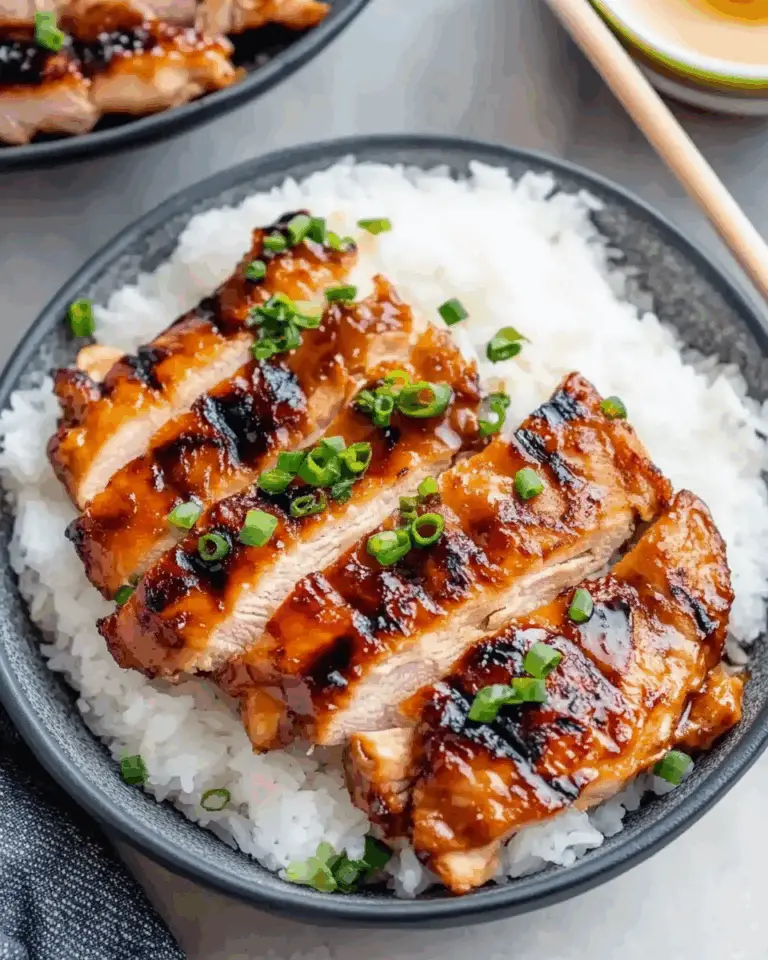The Role of Miso in Japanese Cooking
Miso, a fermented soybean paste, is a cornerstone of Japanese cuisine. Its distinct umami flavor adds depth to soups, dressings, glazes, and marinades. In this recipe, the miso serves as the base for both the marinade and the drizzling sauce, offering not only flavor but also tenderizing properties. The fermentation process in miso breaks down proteins and infuses the chicken with complexity and richness.
There are various types of miso—white (shiro), red (aka), and mixed (awase)—each with unique characteristics. This dish often benefits from the use of white or awase miso, which are sweeter and milder, making them ideal for marinades. The All-Purpose Miso Sauce used in this recipe typically includes miso paste combined with mirin, sake, sugar, and soy sauce, creating a balanced blend of sweet, salty, and savory notes.
Why the Marination Time Matters
One of the most important steps in preparing Miso Chicken is the 24-hour marination. This extended marinating process is what allows the miso flavor to truly penetrate the chicken. While it may be tempting to cut this time short, doing so would limit the depth of flavor and textural benefits the marinade provides. However, going beyond 24 hours is also discouraged, as miso’s salt content can start to overpower the dish and make the chicken too salty.
During the marination, enzymes in the miso begin breaking down the proteins in the chicken, helping to tenderize the meat while locking in moisture. The result is chicken that cooks evenly and remains juicy even after pan-frying. The marinade also contributes to the beautiful color and caramelization on the chicken skin during cooking, making it not only tasty but visually appealing.
The Art of Pan-Frying for Perfect Texture
Another standout feature of this recipe is its pan-frying technique. Instead of starting with a hot pan, the chicken is placed skin-side down in a cold pan with oil before gradually increasing the heat. This method allows the fat under the skin to slowly render out, leading to an ultra-crispy finish without burning. Patience during this stage is rewarded with evenly golden, crackly skin that’s irresistible.
Once the skin has reached its peak crispiness, flipping the chicken finishes the cooking process, sealing in the juices and ensuring the internal temperature reaches a safe and delicious 165ºF. The final resting period after cooking is critical, as it lets the juices redistribute throughout the meat for maximum tenderness.
Creating the Finishing Sauce
After the chicken is cooked and resting, the same pan is used to make a simple yet impactful drizzling sauce using the remaining miso mixture diluted with water. This sauce is simmered briefly until thickened, becoming glossy and slightly sticky. When poured over the sliced chicken, it amplifies the flavor and provides a satisfying contrast to the crispy skin.
This final touch ties the whole dish together. The sauce’s deep, umami notes echo the marinade, adding continuity and moisture to each bite. It also helps bind the dish to its traditional Japanese roots, where sauces are often used to finish and unify a meal.
Nutritional Balance and Flavor
Miso Chicken is not only a flavor-forward dish but also relatively balanced nutritionally. The use of dark meat chicken provides a good source of high-quality protein and iron. The natural fats in the thighs contribute richness while offering essential nutrients. By pan-frying with minimal oil and serving with steamed rice or vegetables, this dish can be part of a wholesome meal that satisfies without being overly heavy.
The sodium content, primarily from the miso and soy sauce, can be moderated by choosing low-sodium broth or tamari if needed. Nutritional bonuses include small amounts of calcium, potassium, and B vitamins from the miso. For a boost in fiber and freshness, pair the dish with a side of sautéed bok choy, blanched green beans, or a fresh cucumber salad.
Serving Suggestions and Pairings
Miso Chicken is incredibly versatile when it comes to serving. The most traditional pairing is with a bowl of steamed Japanese rice, which absorbs the flavorful sauce and balances the savory richness of the chicken. For a more complete Japanese-style meal, serve it alongside a small bowl of miso soup, pickled vegetables (tsukemono), and a simple green salad with sesame dressing.
If you want to present the dish in a more Western style, you can serve it over quinoa, couscous, or mashed sweet potatoes for a fusion twist. Roasted vegetables or a light soup also pair beautifully, making this a meal that adapts well to many culinary contexts.
Miso Chicken is also a fantastic dish for bento boxes or meal prep. Sliced and packed with rice and steamed vegetables, it makes a flavorful and satisfying lunch that reheats well and stays moist thanks to its marinade and sauce.
Tips for Best Results
Wipe off excess marinade before cooking to prevent burning. Miso has natural sugars that caramelize quickly, and any excess on the pan can cause bitter spots or sticking. Patting the chicken dry ensures better browning and crisping
Use skin-on chicken for texture. The rendered skin crisps up beautifully in the pan, adding another layer of flavor and crunch
Let the chicken rest before slicing. This helps keep the meat juicy and ensures cleaner cuts for a more appealing presentation
Don’t skip the sauce. The drizzle at the end ties all the flavors together and enhances the overall experience
Homemade All-Purpose Miso Sauce
The real magic of this recipe is the homemade All-Purpose Miso Sauce. While store-bought versions exist, making your own allows you to control the sweetness, saltiness, and depth of flavor. Typically, this sauce includes miso paste, sake or mirin, sugar, and soy sauce—all simmered together until smooth and thick. Once made, it keeps well in the refrigerator for several weeks and can be used in stir-fries, glazes, noodle bowls, or dressings, making it a staple for anyone exploring Japanese cooking.
Conclusion
Miso Chicken is a dish that showcases the elegance of simplicity in Japanese cooking. With just a few ingredients and careful preparation, it delivers an incredibly rich and satisfying flavor experience. The balance of savory, sweet, and umami makes it a standout meal that feels both comforting and gourmet.
From the deep marination to the crispy skin and luscious sauce, every element of this dish has been designed to delight the senses. Whether you’re new to Japanese cuisine or already a fan of miso-based dishes, this recipe is sure to become a go-to in your kitchen. It’s the kind of meal that rewards patience and care, and it’s perfect for sharing with loved ones over a warm bowl of rice and a comforting sip of soup. In just one bite, you’ll understand why Miso Chicken deserves a permanent place on your table.






